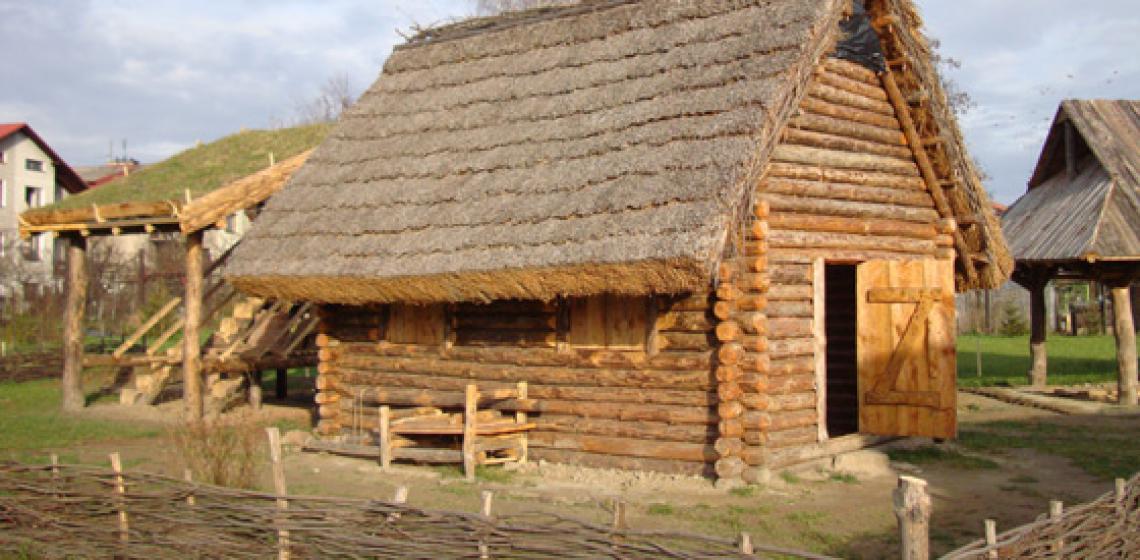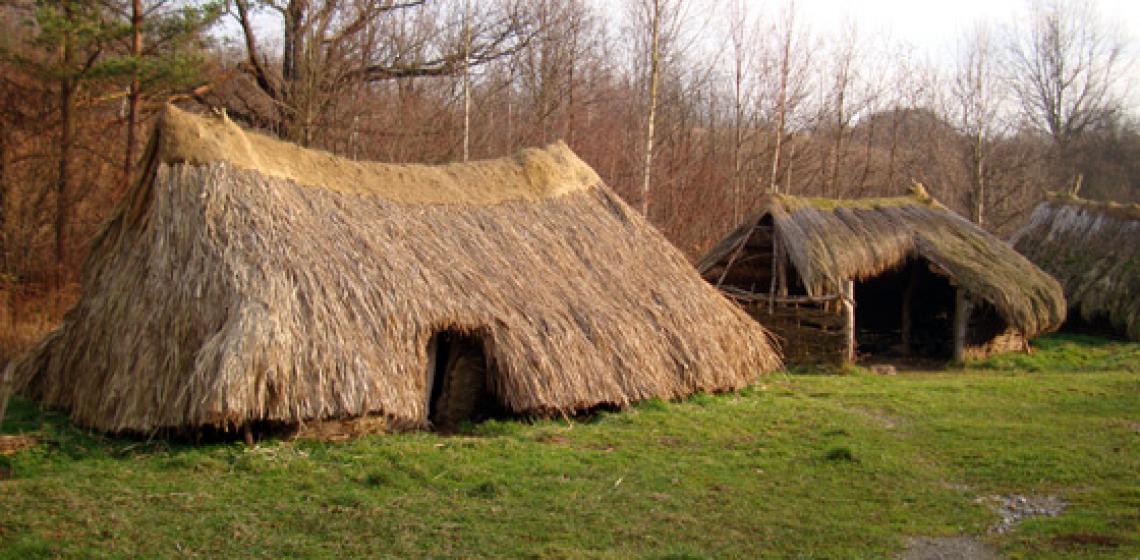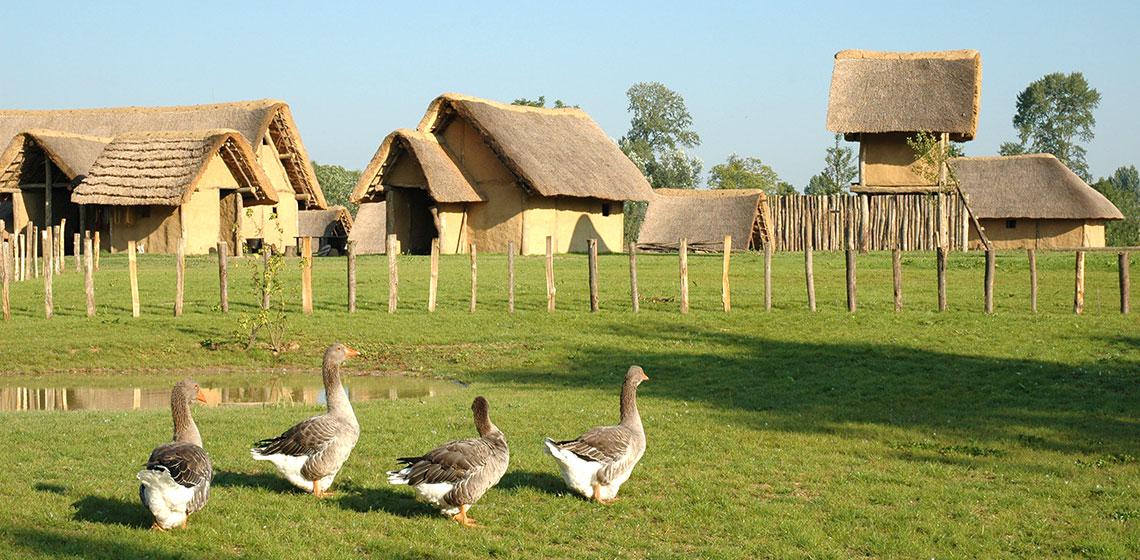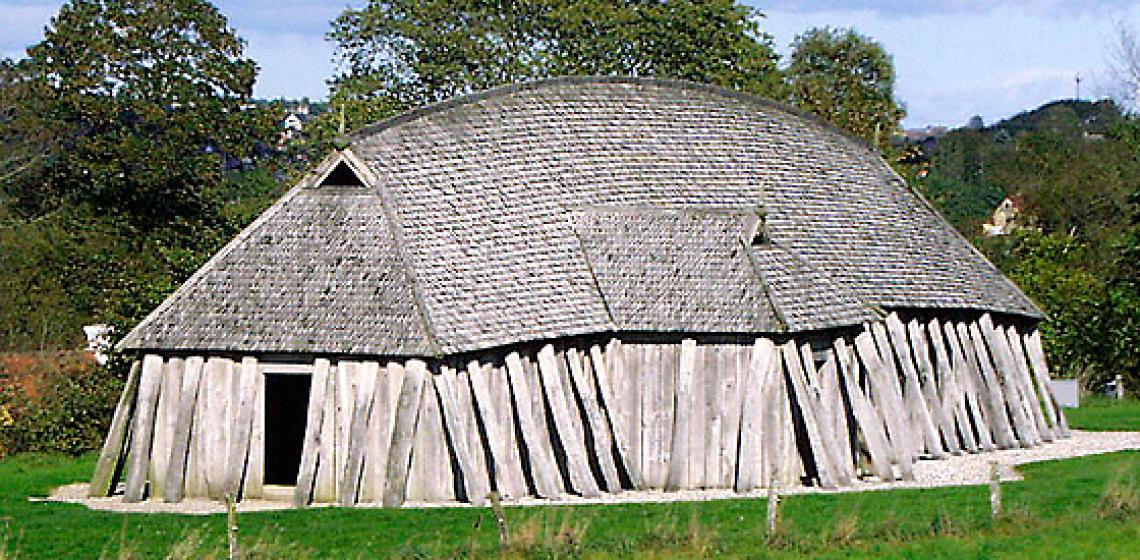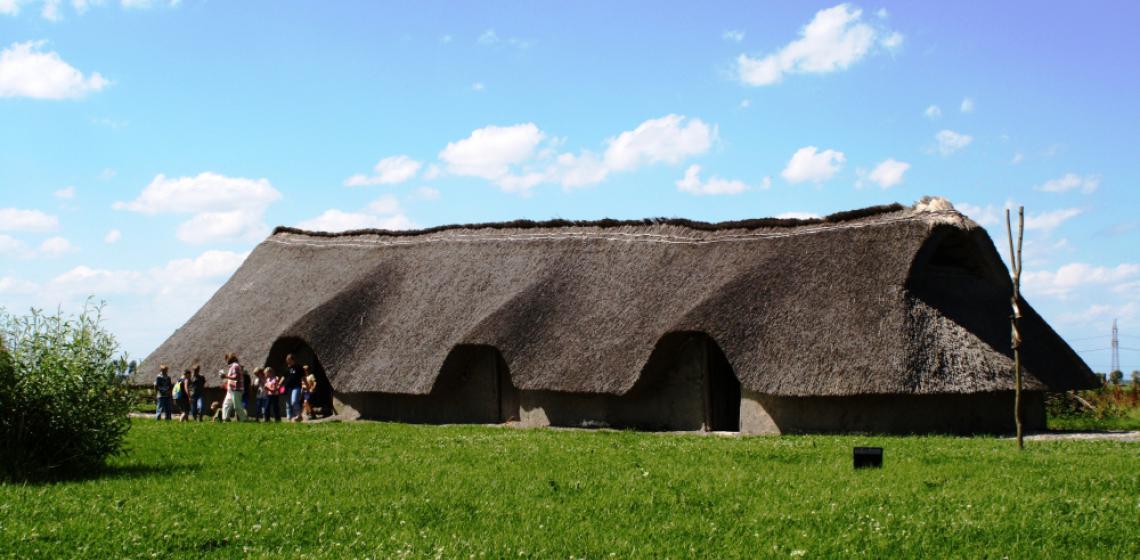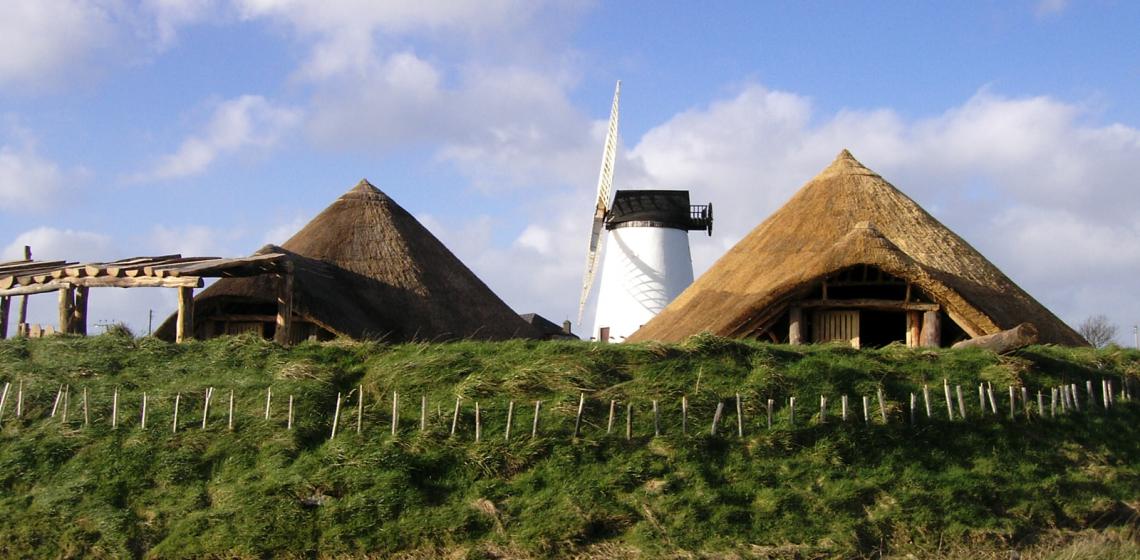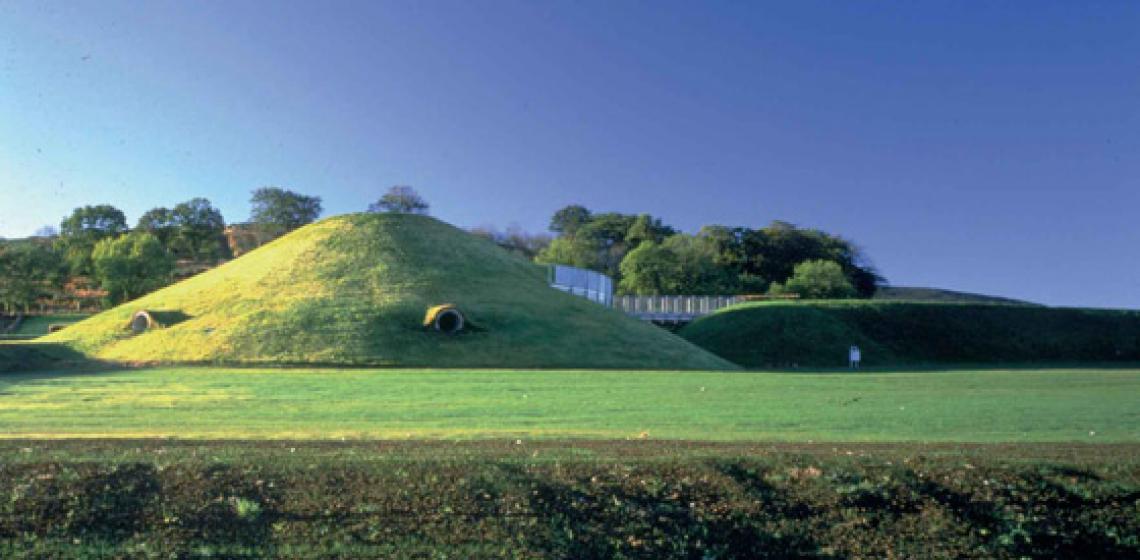Osada VI Oraczy (PL)
Salt has been extracted in and around Bochnia already since the Neolithic Lengyel Culture but more intensively since the 11th century. It is the same “salt field” which runs under Wieliczka. Water from wells (brine water) was raised to the surface and boiled in metal containers. When due to increasing demand, the ground water level sank, the wells needed to be dug deeper and as ac consequence, one reached to salt layers and dug up salt since about 1248 AD.
Salt has been extracted in and around Bochnia already since the Neolithic Lengyel Culture but more intensively since the 11th century. It is the same “salt field” which runs under Wieliczka. Water from wells (brine water) was raised to the surface and boiled in metal containers...

